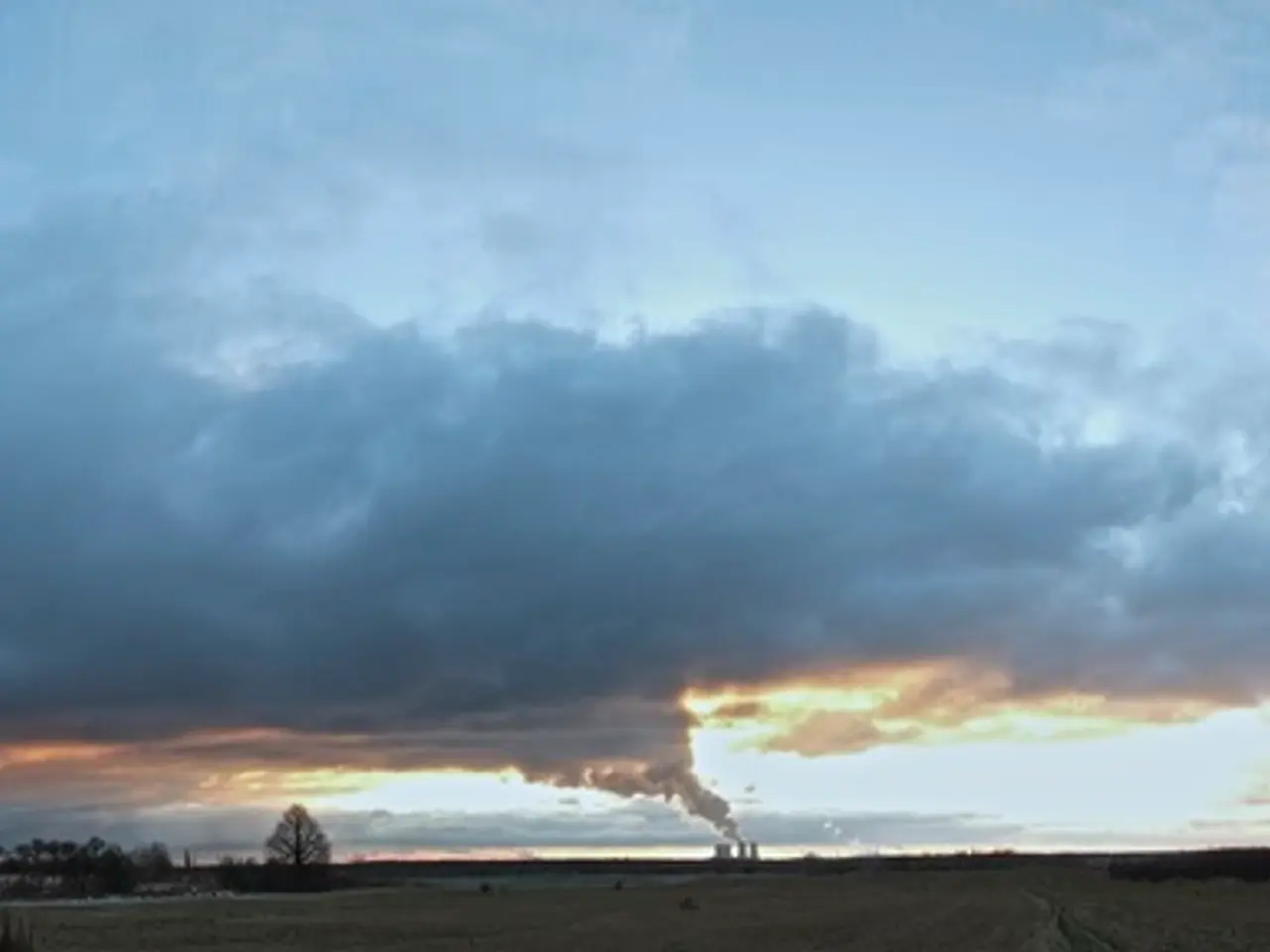Recorded: Another Landmark in Climate Change Achieved at Mauna Loa Observatory
In May 2021, carbon dioxide (CO2) levels at the NOAA's Mauna Loa Atmospheric Baseline Observatory reached a record high of 411.31 parts per million (ppm). This significant increase underscores the ongoing impact of human activities on our planet's climate.
Located over 11,000 feet above sea level in the middle of the Pacific Ocean, the Mauna Loa observatory is ideally positioned for monitoring CO2 and other greenhouse gases. Its remote location minimises the influence of local vegetation or pollution sources, ensuring that the data collected is as accurate as possible.
Independent measurements of CO2 at Mauna Loa are made by scientists from NOAA's Earth System Research Laboratory and Scripps Oceanography. Researchers Charles David Keeling and Ralph Keeling, affiliated with the Scripps Institution of Oceanography, have been involved in measuring CO2 levels at the observatory since 1974.
Pieter Tans, lead scientist of NOAA's Global Greenhouse Gas Reference Network, attributes the high CO2 levels to record high emissions from coal, oil, and natural gas. The growth rate of CO2 in the atmosphere is accelerating, averaging 2.2 ppm per year during the last decade.
CO2 levels exhibit a distinct seasonal cycle, with a temporary decrease during the northern summer due to plant growth and an increase during the fall, winter, and most of spring due to decaying vegetation and fossil fuel consumption. Prior to 2012, back-to-back increases of 2 ppm or greater had occurred only twice. However, from 2016 to 2017, the global CO2 average increased by 2.3 ppm.
If the current rate of increase holds steady for another two decades, global CO2 levels will likely exceed 450 ppm in 2038. This is a concerning development, as increased CO2 levels contribute to global warming and other negative climate impacts.
For further information, Theo Stein of NOAA Communications can be contacted at [email protected] or (303) 497-6288. Air samples collected at the observatory are shipped to NOAA's Earth System Research Laboratory in Boulder, Colo. for verification and further analysis.
The high growth rate of CO2 is being observed at other sites in NOAA's Global Greenhouse Gas Reference Network, indicating a global trend. The increase in carbon dioxide levels is primarily due to fossil fuel combustion, with emissions from fossil-fuel consumption remaining at historically high levels since 2011.
This article is related to the image gallery titled "Another Climate Milestone Falls at Mauna Loa Observatory". It serves as a reminder of the urgent need to reduce our reliance on fossil fuels and transition to cleaner, renewable energy sources to mitigate the effects of climate change.
Read also:
- Peptide YY (PYY): Exploring its Role in Appetite Suppression, Intestinal Health, and Cognitive Links
- Toddler Health: Rotavirus Signs, Origins, and Potential Complications
- Digestive issues and heart discomfort: Root causes and associated health conditions
- House Infernos: Deadly Hazards Surpassing the Flames




